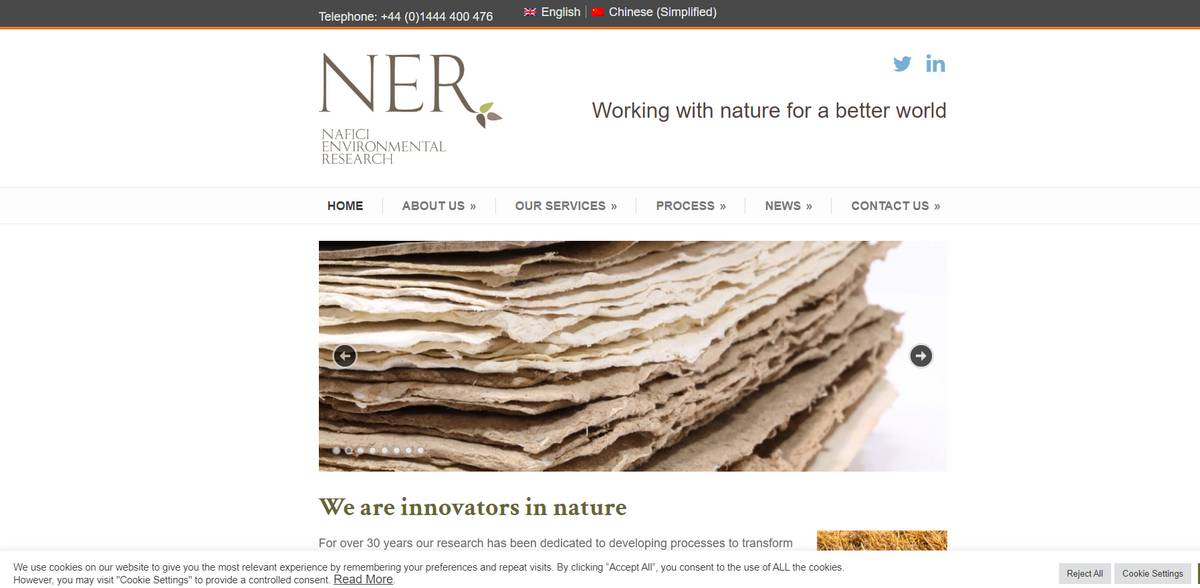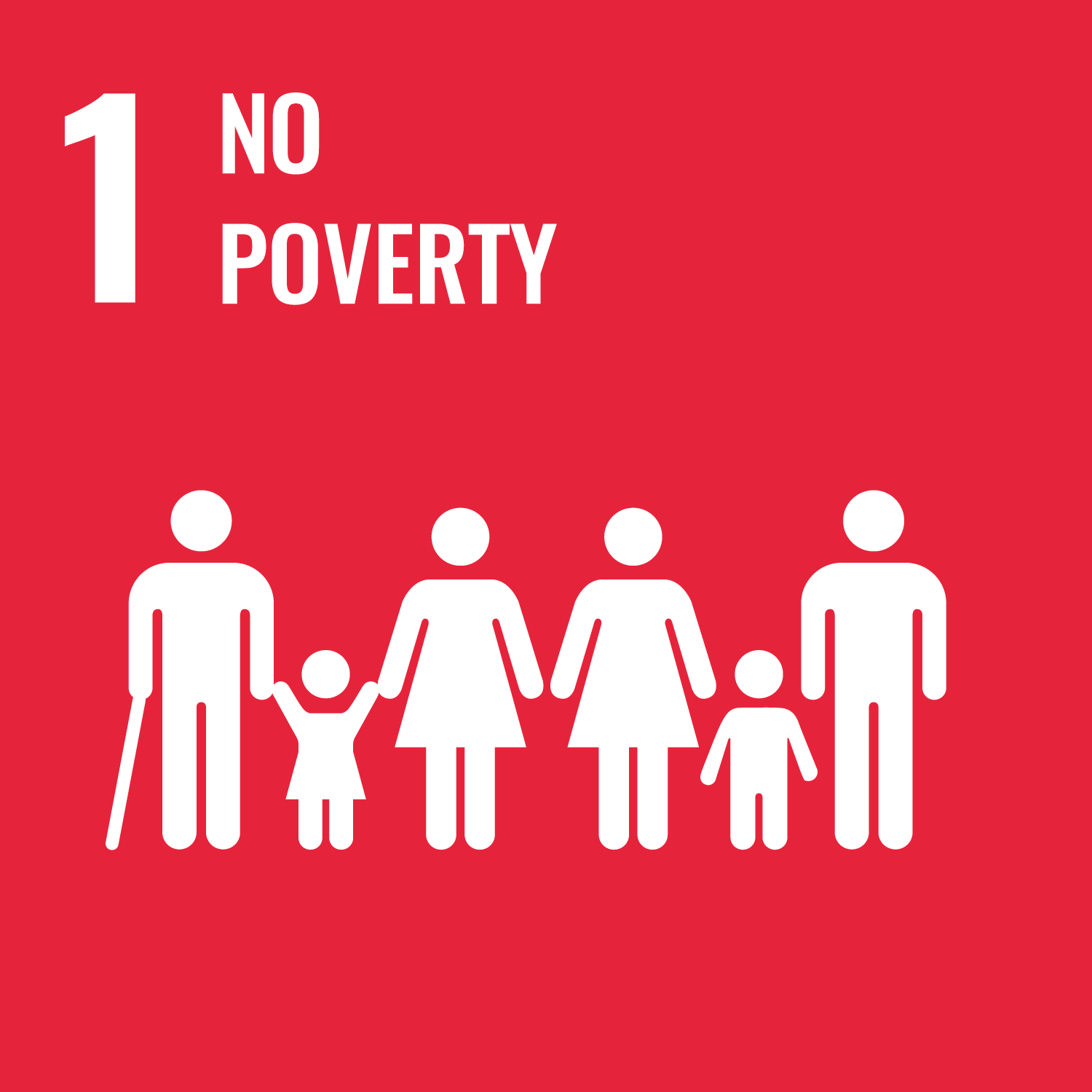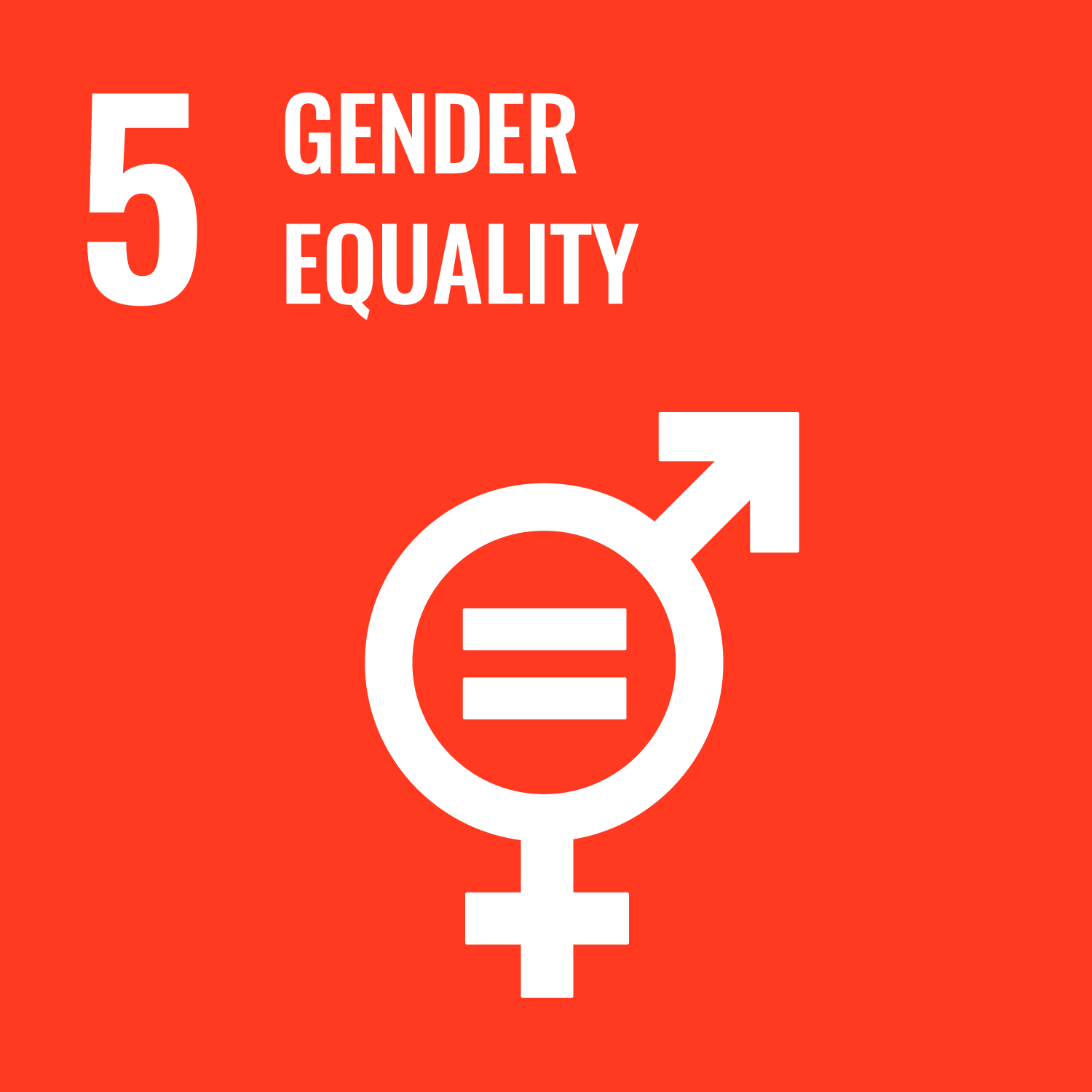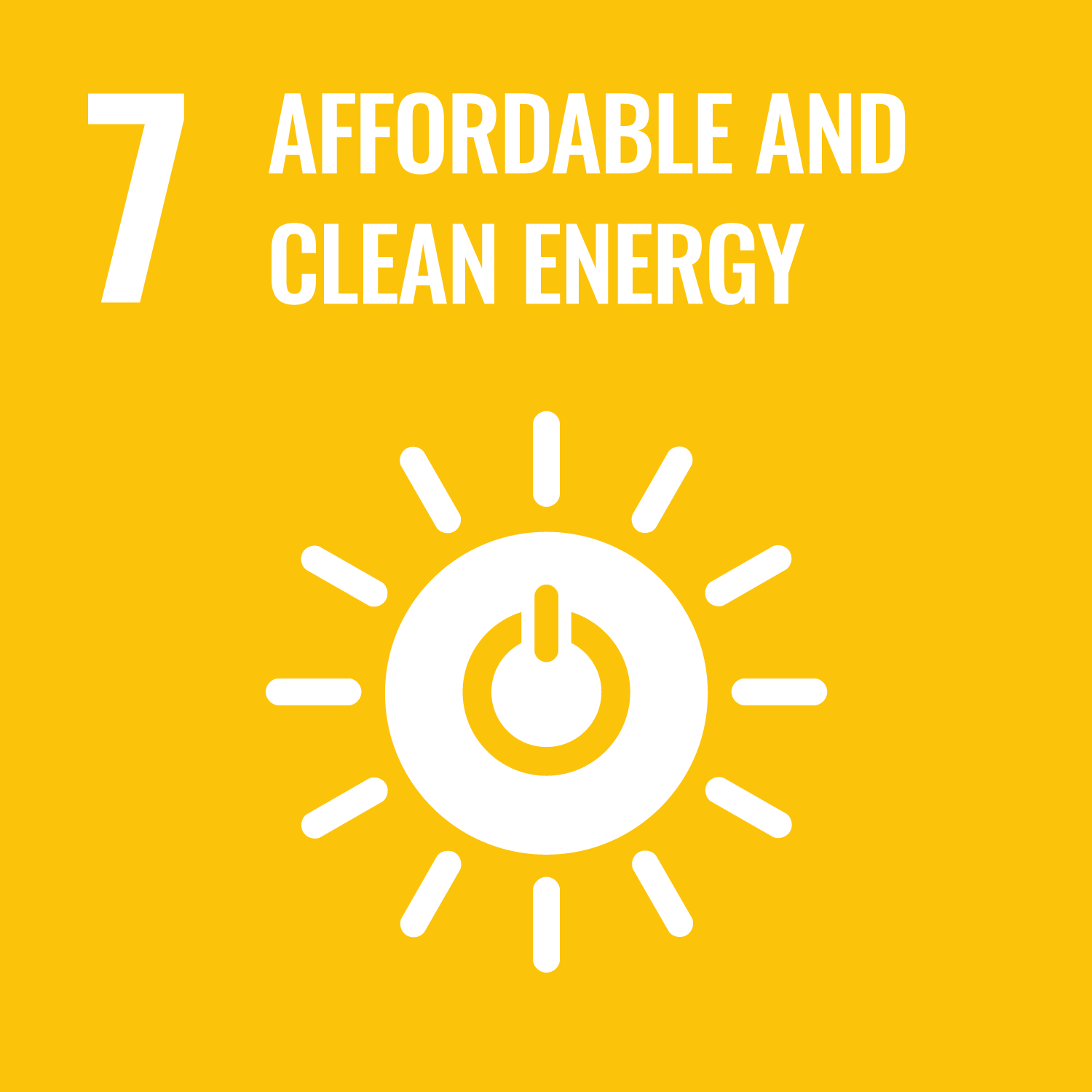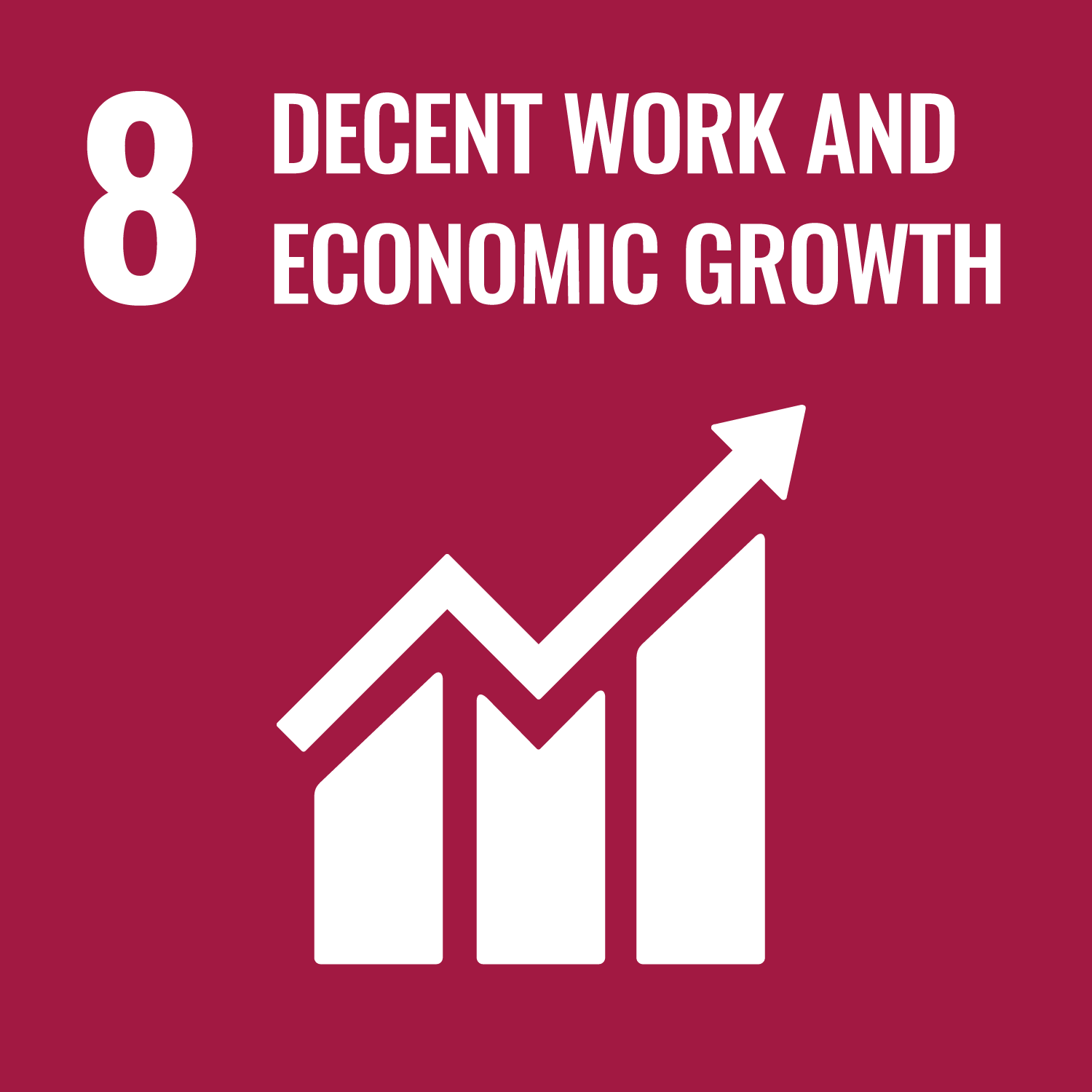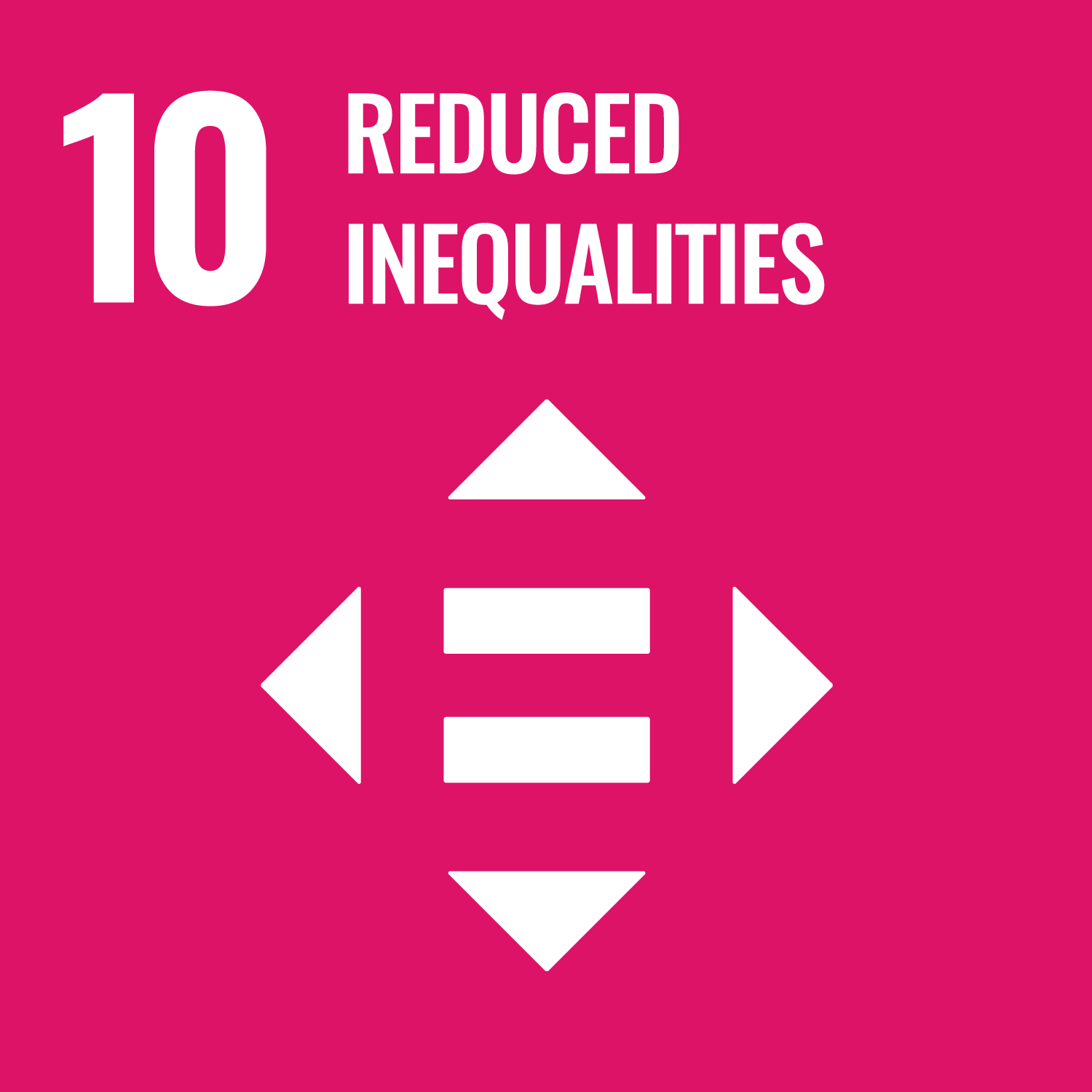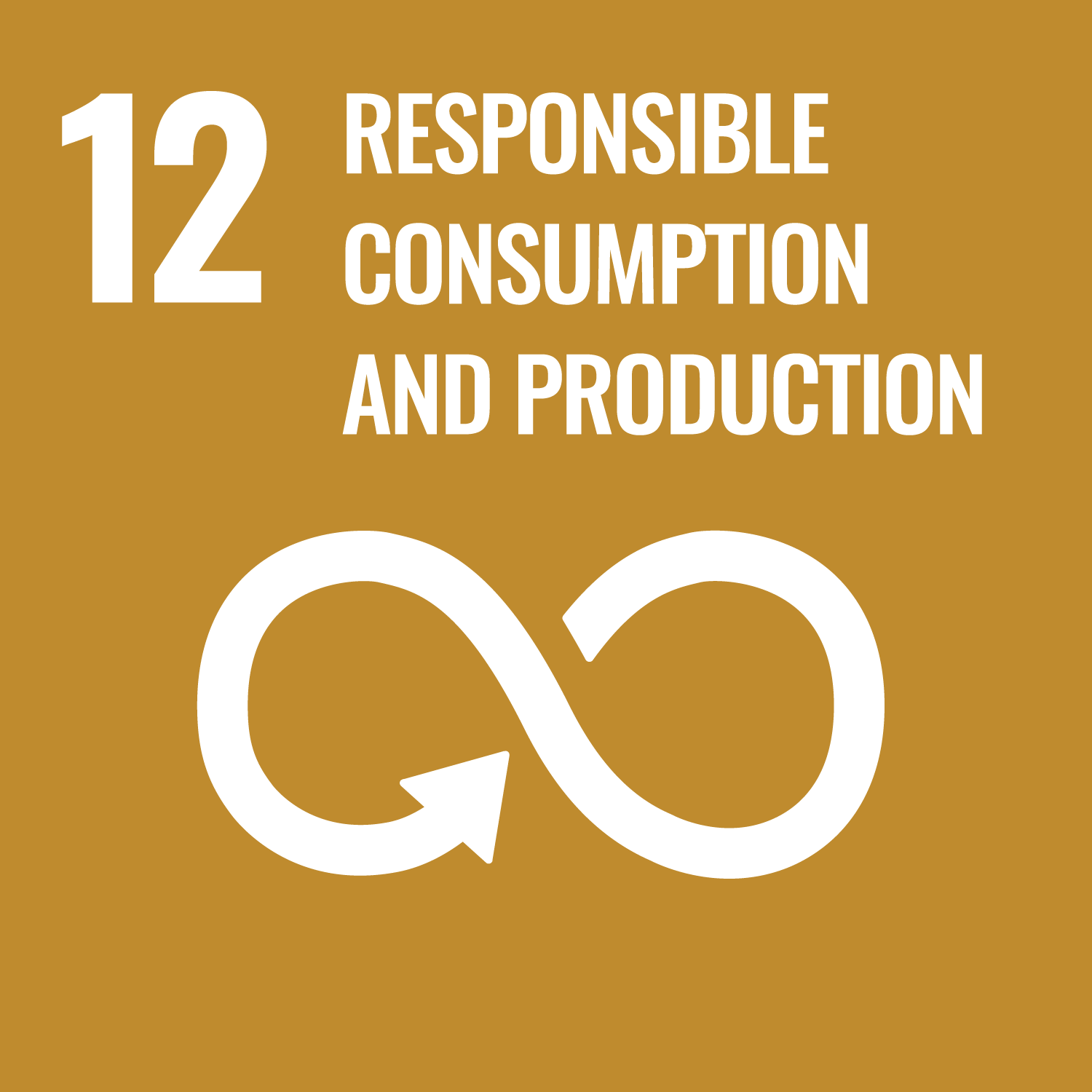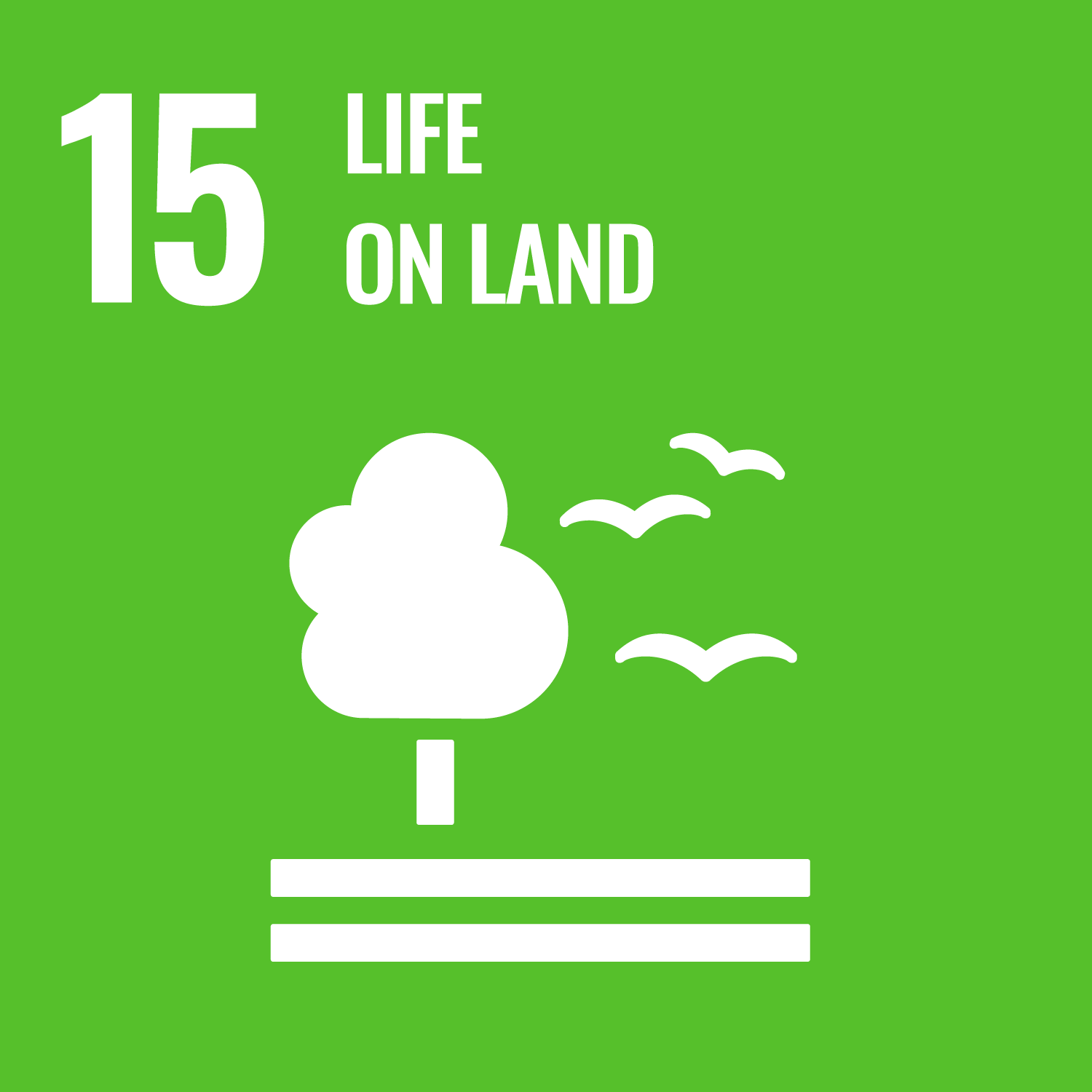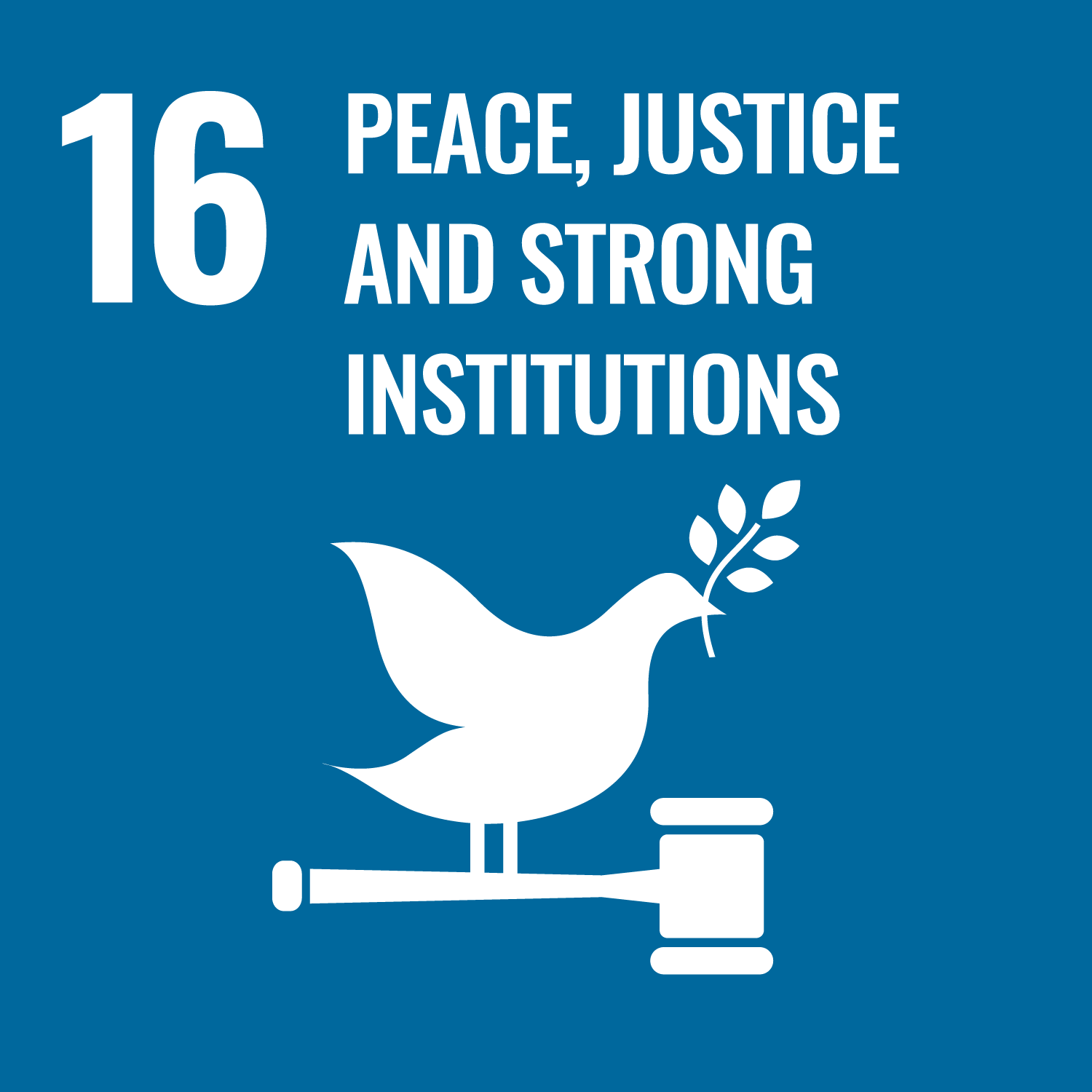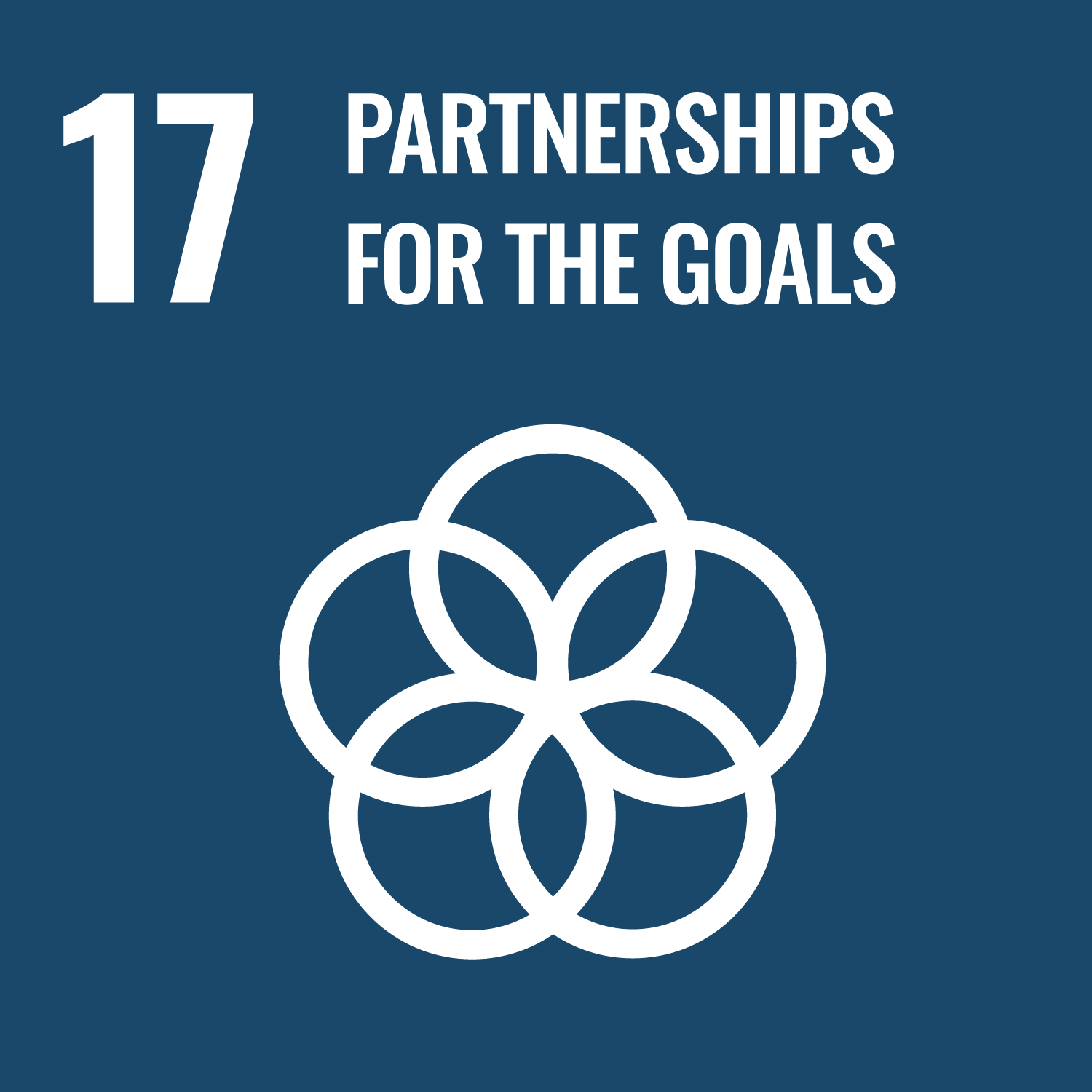What the project is
Nafici Environmental Research is at the forefront of developing an innovative, low‐carbon process that transforms surplus agricultural residues—wheat straw, barley, oat, rice straw, corn stover, reed, cotton stems, and more—into marketable, unbleached paper pulp. This pioneering method, known as EcoPulping, efficiently reintroduces paper pulp from materials that are often burnt or left to rot due to their surplus. The concept may sound simple, but it takes 30 years of experience in cellulose extraction from wheat straw and other agri-residues to perfect a process that is not only sustainable but highly economical at any scale. The method uses little energy, water, or chemicals, making it an excellent example of working with nature for a better world. It’s a breakthrough, truly, in the field of renewable, sustainable production.
Main benefit
Key figures and facts that demonstrate the advantages of EcoPulping include:
- Several hundred million tonnes of agricultural residues are available annually, offering a vast renewable resource that is typically wasted.
- EcoPulping uses minimal energy, water, and chemicals—providing a cost competitive and environmentally friendly alternative to traditional wood pulp.
- A pilot plant of 100kg per day (KPD) was launched in Horsham, UK in 2014, followed by an upscaled 1000 KPD facility in Linqing, China in 2017.
- A commercial EcoPulping plant, inaugurated in May 2023, started producing 15 tonnes per day (TPD) of marketable unbleached reed and wheat straw pulp, with plans to upscale to 30 TPD.
- By replacing hardwood trees with agricultural residue, hundreds of thousands of trees can be preserved.
Innovative Process
EcoPulping is not just a research project—it’s a patented, innovative process that transforms agricultural wastes into high-value paper pulp and by-products. This low carbon technology has been designed with a focus on sustainability and efficiency. As the process was refined over years of development, it has proven that even residues, once viewed as waste, can be turned into lucrative products. The innovation thrives on a simple idea: making the most of what nature already provides. With the potential to be implemented on both small and large scales, the process stands as a game-changer in the paper and packaging industry. It is literally turning excess straw into gold… or more specifically, into eco-friendly paper pulp.
Investment and Partnership Opportunities
The EcoPulping model has global ambitions and numerous stakeholders have taken notice. For paper or packaging mills interested in accessing a sustainable paper pulp from agricultural residues, Ecopulping Mills can serve as a very interesting proposition. Investors and partners have been invited to join a project that is not only environmentally friendly but also provides high yield potential. The project’s appeal lies in its ethical approach—using by-products that are naturally available and turning what would have been waste into a valuable market commodity. For those with ambitions in the green technology and renewable energy sectors, there is a clear opportunity to be part of a cutting-edge solution that is beneficial for both business and the planet.
Research and Development
At its core, the success of EcoPulping is built on strong research and development. With a team of experts having decades of experience in cellulose extraction, the process was honed with careful study and precise technical advancements. The research team has overcome the traditional cost disadvantages associated with straw pulping. Instead of conventional methods, which required heavy inputs of energy and chemicals, the refined approach addresses the challenges head-on. There’s a genuine passion behind the efforts—a passion for nature and a commitment to sustainable development. The development of EcoPulping reflects a determined and methodical effort to make a positive environmental impact by converting agricultural residue into a competitive alternative to wood pulp.
Global Outlook and Technological Adaptability
The model developed by Nafici Environmental Research isn’t confined by geography. With installations seen across the UK and China, the EcoPulping process holds promise for global expansion. Its scalability means that communities, regions, and entire nations dealing with surplus agricultural residues could embrace this technology. Future innovations in adapting the process to various local remnants and by-products remain a strong focus. The approach is inherently adaptable, fulfilling the growing global demand for sustainable alternatives and clean industries. It is a clear demonstration of how targeted technological innovation can lead to positive environmental change, providing pathways to reduced waste and a healthier planet.
Project Impact
- SDG 12: Responsible Consumption and Production – by utilizing waste materials and reducing dependence on hardwood trees.
- SDG 13: Climate Action – through a low carbon process that consumes less energy and resources.
- SDG 15: Life on Land – by preserving trees and reducing harmful agricultural residue burning.
- SDG 9: Industry, Innovation and Infrastructure – by developing scalable, innovative technology.
- SDG 7: Affordable and Clean Energy – by optimizing resource efficiency and advancing sustainable practices in the paper and packaging industry.
Looking to the Future
The EcoPulping project remains a beacon of innovation and sustainability. With its unique ability to transform waste into valuable resources, this groundbreaking process continues to attract attention from diverse sectors around the world. The story of EcoPulping is one of ambition, scientific rigor, and a deep commitment to environmentally responsible practices. It stands as proof that working with nature can yield transformative, economically viable, and truly sustainable solutions. As the momentum builds and the model is driven to new heights globally, future ventures and innovative projects related to converting agricultural residues into functional, sustainable products are sure to keep emerging… reminding everyone that nature’s resources, when used wisely, can power a better and greener world.

